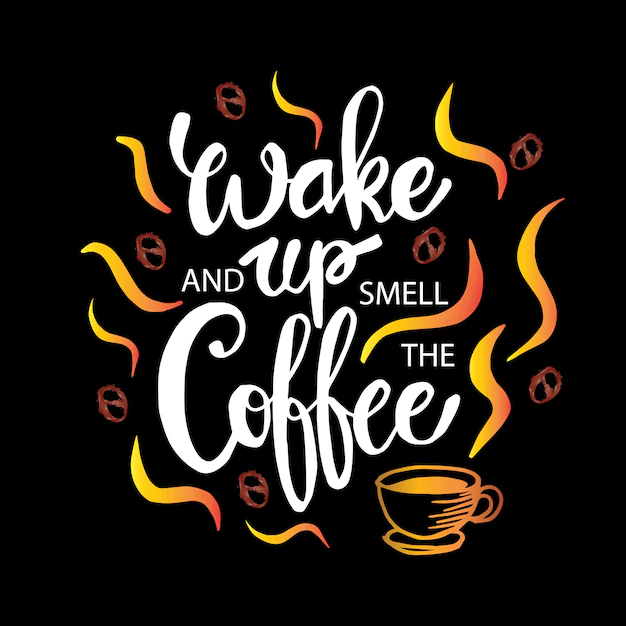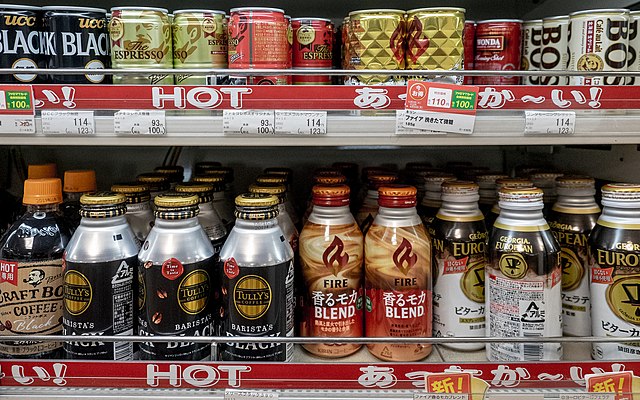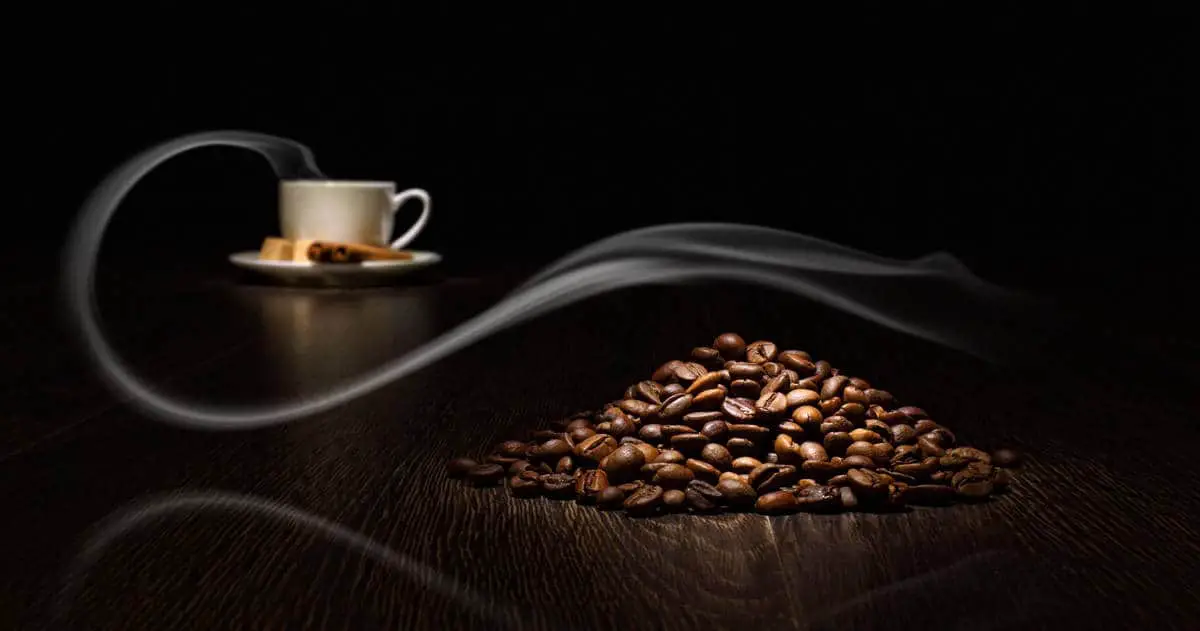
Have you ever wondered how much caffeine is in a cup of coffee? Most of us rely on coffee to help us wake up in the morning or to keep us going throughout the day and it’s no surprise that many of us don’t pay attention to the amount of caffeine we are consuming. Caffeine is a drug, and like any drug, it can have both positive and negative effects on your body. So how much caffeine is in a cup of coffee? The answer may surprise you! Depending on the type of coffee you are drinking, the amount of caffeine can vary greatly. Factors such as brewing method and roast type can affect how much caffeine a cup of coffee contains. In this article, we’ll explore how much caffeine is in a cup of coffee and how to find the right amount of caffeine for you.
What is Caffeine and How Does it Affect the Body?
Before we get into how much caffeine is in a cup of coffee, let’s take a look at what caffeine is and how it affects the body. Caffeine is a natural stimulant found in coffee, tea, and cacao beans. It is also found in many soft drinks and energy drinks. Caffeine works by blocking the effects of adenosine, a neurotransmitter that makes us feel drowsy. When caffeine blocks the effects of adenosine, it allows us to stay awake and alert. Caffeine also stimulates the release of adrenaline, a hormone that can give us a burst of energy.
Caffeine can have both positive and negative effects on the body. In moderate amounts, caffeine can improve alertness, focus, and memory. It can also increase physical performance and reduce fatigue. However, too much caffeine can lead to anxiety, irritability, and restlessness. It can also cause headaches, insomnia, and dizziness. It’s important to be aware of how much caffeine you are consuming and how it is affecting your body.
How Much Caffeine is in Coffee?
The amount of caffeine in a cup of coffee depends on several factors, including the type of coffee, the brewing method, and the roast type. Generally speaking, an 8-ounce cup of coffee contains between 95 and 165 milligrams of caffeine. However, this can vary depending on the type of coffee and how it is brewed.
For example, a cup of espresso contains more caffeine than a cup of drip coffee. A single shot of espresso (1.5 ounces) contains about 63 milligrams of caffeine, while an 8-ounce cup of drip coffee contains around 95 milligrams. Cold brew coffee, on the other hand, contains less caffeine than hot coffee. An 8-ounce cup of cold brew contains about 65 milligrams of caffeine, while an 8-ounce cup of hot coffee contains 95 milligrams.
Factors that Affect the Amount of Caffeine in Coffee
In addition to the type of coffee and brewing method, there are a few other factors that can affect the amount of caffeine in a cup of coffee. The roast type is one of the most important factors. A light roast coffee contains more caffeine than a dark roast, as the roasting process burns off some of the caffeine. Other factors such as the grind size, water temperature, and brewing time can also affect the caffeine content of a cup of coffee.
Different Types of Coffee and Caffeine Content
There are many different types of coffee, and each one has its own unique caffeine content. Here is a breakdown of the caffeine content of some of the most popular types of coffee:
- Espresso: 63 milligrams per shot (1.5 ounces)
- Drip coffee: 95 milligrams per 8 ounces
- Cold brew: 65 milligrams per 8 ounces
- Instant coffee: 63 milligrams per 8 ounces
- Decaffeinated coffee: 3 milligrams per 8 ounces
How to Find the Right Amount of Caffeine for You
Finding the right amount of caffeine for you depends on several factors, including your age, weight, and health. Generally speaking, adults should limit their caffeine intake to 400 milligrams per day. That’s the equivalent of around 4 cups of coffee. However, if you are pregnant, breastfeeding, or have a medical condition, it’s best to talk to your doctor about the amount of caffeine that is safe for you.
If you are looking to cut back on your caffeine intake, there are a few things you can do. First, switch to decaffeinated coffee or tea. These beverages still contain some caffeine, but it is far less than regular coffee or tea. Secondly, try drinking smaller cups of coffee. Instead of drinking a large mug of coffee, opt for an espresso or a small cup of drip coffee. This will help you keep your caffeine intake in check.
Benefits and Risks of Caffeine
Caffeine can have both positive and negative effects on the body. In moderate amounts, it can improve alertness, focus, and memory. It can also help reduce fatigue and improve physical performance. However, too much caffeine can cause anxiety, irritability, and restlessness. It can also lead to headaches, insomnia, and dizziness.
If you are drinking coffee, it’s important to be aware of how much caffeine you are consuming and how it is affecting your body. Too much caffeine can have serious health consequences, so it’s best to keep your consumption in check.
Tips for Enjoying Coffee with Less Caffeine
If you are looking for ways to reduce your caffeine intake without giving up coffee, there are a few things you can do. First, switch to a lighter roast. Light roast coffees contain more caffeine than dark roast, so a light roast will give you the same flavor with less caffeine. Secondly, try cold brew coffee. Cold brew coffee is made with cold water, which extracts less caffeine than hot water. If you are looking for a stronger coffee, opt for an espresso. Espresso contains more caffeine, but it is served in smaller portions.
Finally, avoid adding sugar and cream to your coffee. These ingredients can add extra calories and sugar, which can cause health issues if consumed in excess.
Conclusion
In conclusion, the amount of caffeine in a cup of coffee can vary greatly depending on the type of coffee, the brewing method, and the roast type. Generally speaking, an 8-ounce cup of coffee contains between 95 and 165 milligrams of caffeine. However, this can vary depending on the type of coffee and how it is brewed. To find the right amount of caffeine for you, it’s best to talk to your doctor. If you are looking to reduce your caffeine intake, there are a few things you can do, such as switching to decaffeinated coffee or tea, drinking smaller cups of coffee, and avoiding adding sugar and cream. With a little bit of effort, you can enjoy coffee with less caffeine and still get the same great flavor.







